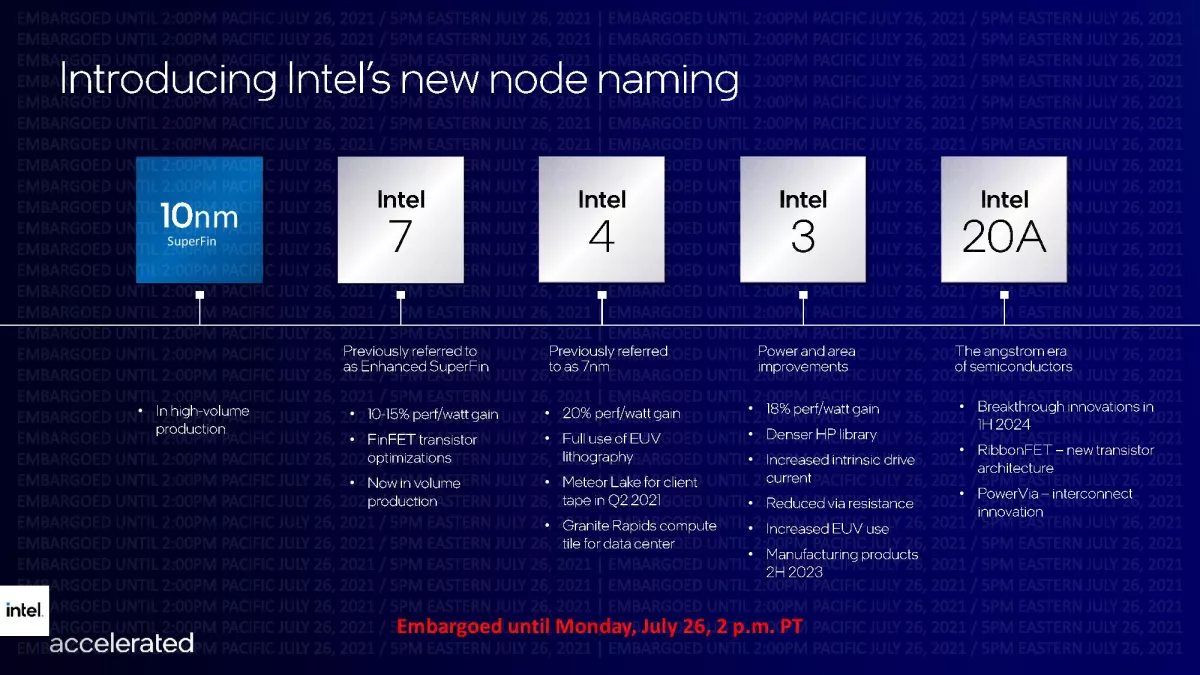Intel CEO slams Arrow Lake CPU delay rumours
True to his once soubriquet of “kicking Pat”, Intel CEO Pat Gelsinger has comprehensively punted talk of delays to the company’s upcoming Arrow Lake CPUs (opens in new tab) into orbit.
During Intel’s Capital Allocation Update conference call (opens in new tab) (via Tom’s Hardware (opens in new tab)), Gelsinger flatly denied any delays to currently road mapped CPUs, including Meteor Lake (opens in new tab) and Arrow Lake for consumer and gaming PC, plus Granite Rapids and Sierra Forest enterprise chips.
Questioned directly whether there was any truth in the recent rumours, Gelsinger replied unambiguously. “The simple answer is no. No delays. Arrow Lake is on track. The 3nm programs are on track, both with TSMC as well as our internal 3nm programs including Granite Rapids and Sierra Forest,” Gelsinger said.
“Good solid execution on both the client, the server, and AXG (accelerated graphics) side. We are gaining momentum with foundry customers as well. So, I feel good that we have turned the corner on many of the execution challenges. These rumours, like many others, will be proven by our execution to be firmly false.”
For the record, then, Intel’s own publicly released road maps have Meteor Lake inked in for this year, Arrow Lake due in 2024, and Lunar Lake CPUs for 2025. The slight snag is that Intel also had publicly released slides showing Meteor Lake taping out in Q2 2021, nearly two years ago now.
Two years is certainly an unusually long time between tape out and market release. And yet there are no signs of the new chip on the market.
Moreover, if you go back to 2012, Intel had 7nm chip production roadmapped for 2017 and as recently as 2019 is was due in 2021 according to its own elective and publicly distributed schedule. But here we are in 2023 and as yet Intel hasn’t produced any 7nm (now known as Intel 4 under the company’s new marketing scheme) chips for sale.
Meanwhile Intel’s Sapphire Rapids enterprise CPU finally hit the market this month, well over a year after its original late 2021 launch target, again as indicated by Intel itself. And, of course, Intel’s current 10nm node, now known as Intel 7 and used for its latest Raptor Lake CPUs, was fully five years late to market.
With all that in mind, Gelsinger’s aside that he is “somewhat amazed by some of these rumor mill discussions that come out” seems a little hollow. Intel’s track record of delivering on its own roadmaps has undeniably been poor in recent years. Indeed, it’s the reason why Gelsinger was brought in—to fix Intel’s execution problems.
Anyway, Gelsinger is bullish about Intel’s prospects for regaining its leadership in chip production remarkably soon. “We have growing confidence that Intel 20A and 18A (opens in new tab) place us on a path to regain transistor performance and power performance leadership by 2025,” he said.
The bottom line here is that we won’t have long to wait to find out if Intel really is on track. If it is, Meteor Lake will be released any day now, we’ll be able to buy Arrow Lake CPUs next year and in two years Intel will be beating TSMC at advanced chip production.
To be clear, that is an awful, awful lot to deliver on and a healthy skepticism is fully justified given Intel’s performance over the past five years. But if it happens, Gelsinger will be a hero. And our gaming PCs will be hella fast. Here’s hoping.




